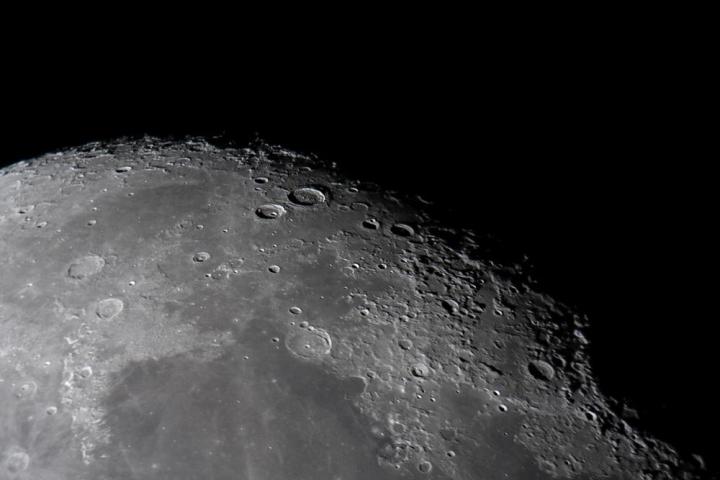
According to the committee’s report, Japan will begin developing a lunar lander starting next year. If all goes smoothly, the country will attempt its first lunar landing mission in 2019 and enter the history books as the 4th country to land a spacecraft on the moon. Landing on the moon is an important accomplishment for Japan and its people, but the lunar visit is only one goal of the project.
The spacecraft will be designed with novel precision landing technology that will allow the lander to touch down within 100 meters of its intended target. This is a marked improvement over existing landing methods that miss by a much wider mark. Japan’s technology borrows heavily from facial recognition systems that are used to identify individual faces in photos and video. The system has been adapted to scan the moon’s surface and adjust the spacecraft’s flight controls to improve the precision of the landing.
RELATED: Moonspike, the world’s first crowdfunded lunar rocket, wants to send your data to the moon
Japan hopes this innovation will elevate the country’s reputation for space exploration and allow it to work jointly with other countries in future space missions. Before it can impress the world with its space program, however, the government must first seek public opinion on the mission and finalize its proposed plans within the coming year.
If the space program proceeds according to plan, Japan will join the United States, Russia, and China in successfully landing spacecraft on the moon’s surface. China was the third and most recent country to join these ranks, having landed the Chang’e 3 spacecraft in 2013. It was the first soft landing on the moon since 1976, when Russia landed the Luna-24 and successfully returned the craft with 0.17 kg of Moon soil.
Editors' Recommendations
- NASA’s high-tech lunar backpack aims to map surface of moon
- NASA offers new date for crewed lunar landing as hopes for 2024 fade
- NASA: Next lunar rover ‘won’t be your grandad’s moon buggy’
- China probe successfully lands on moon for sample collection
- NASA report casts doubt on achieving moon landing by 2024




